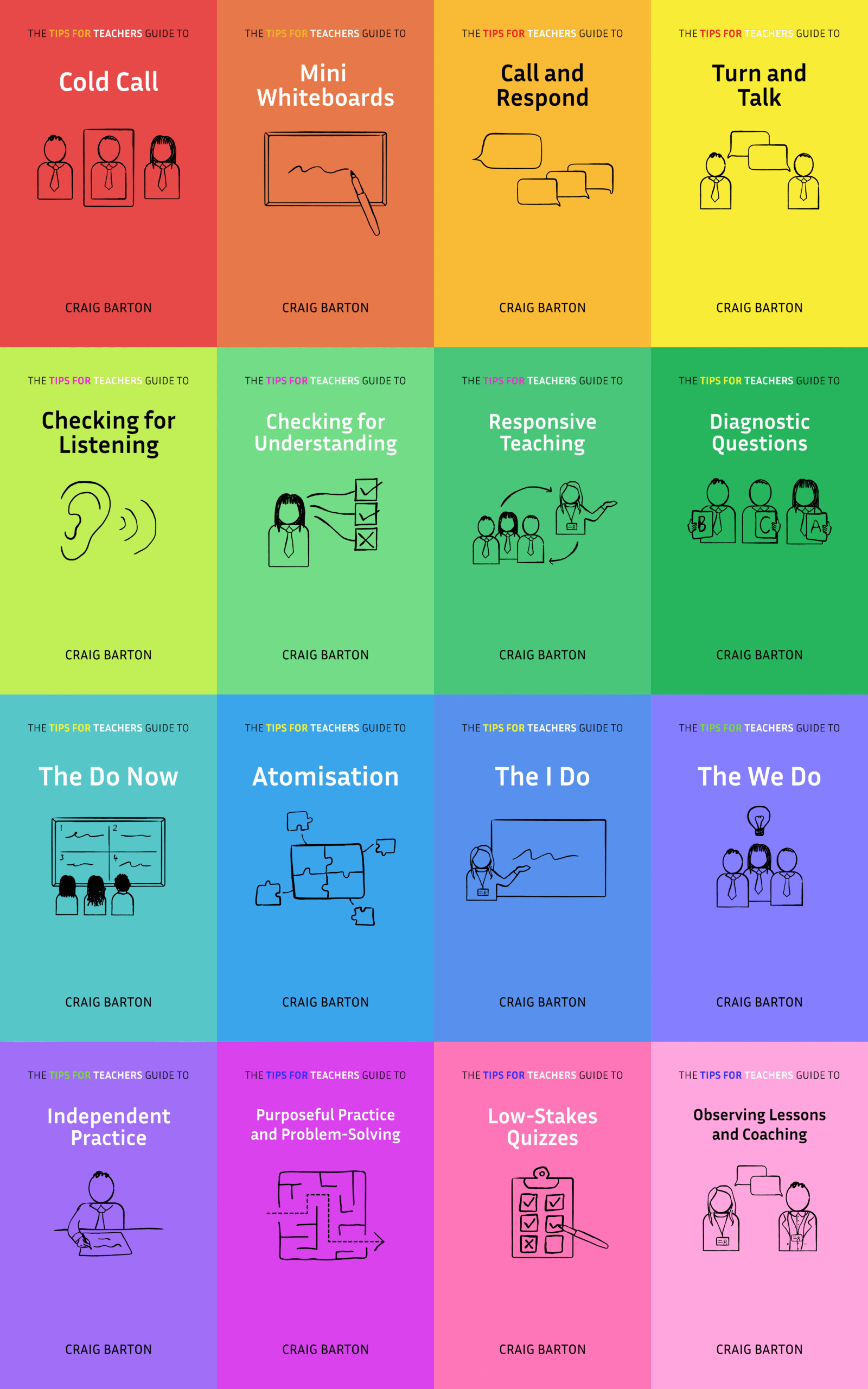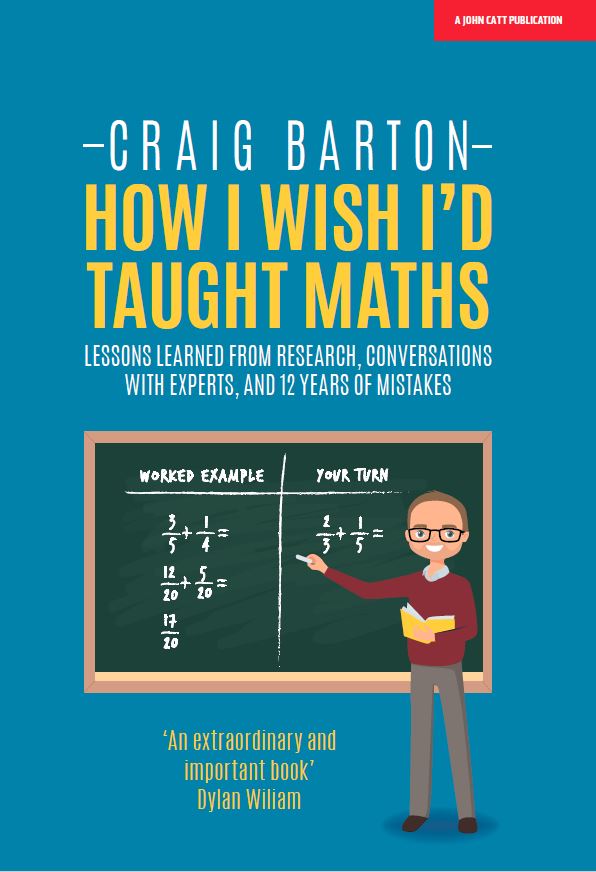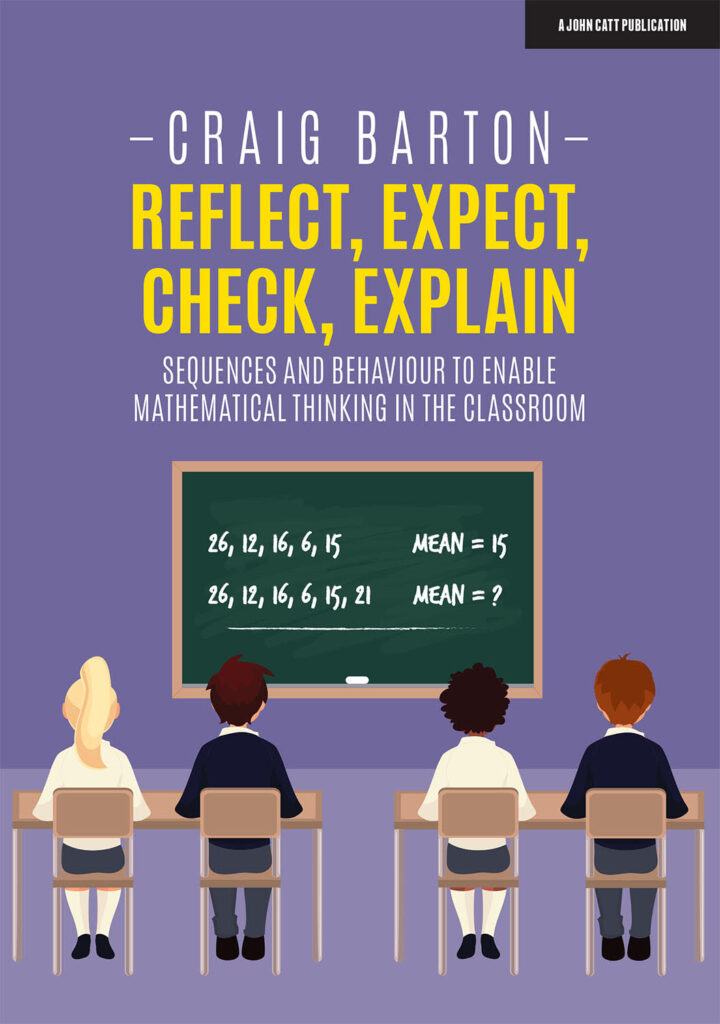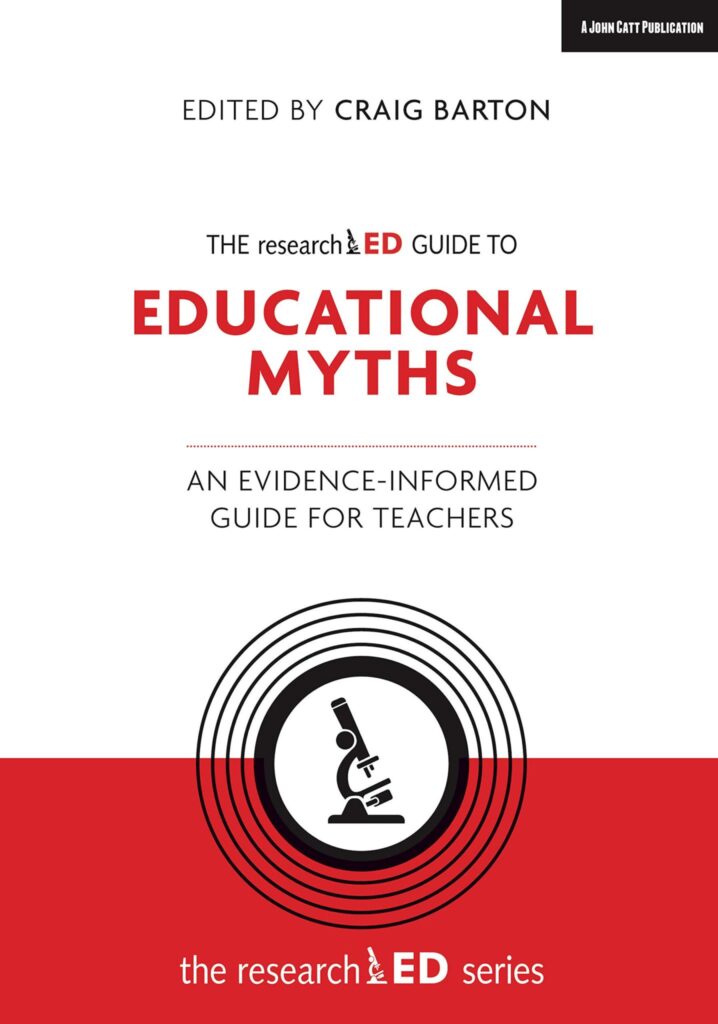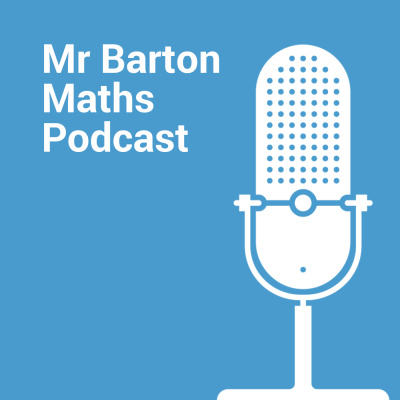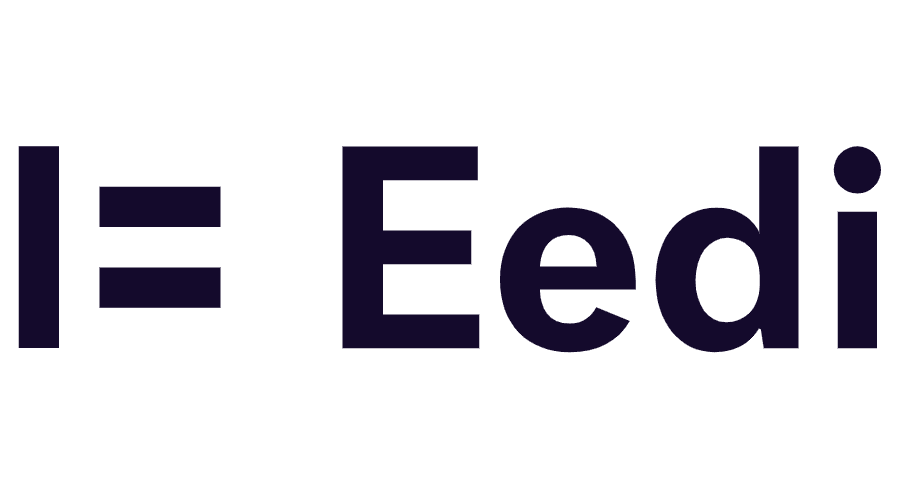
- Title: Teaching Practice: Kahoot! Game-based digital learning platform:A comprehensive meta-analysis
- Authors: Osman Özdemir
- Access the original paper here
- Listen to a deep-dive podcast:
Paper summary
This meta-analysis examines the impact of the Kahoot! game-based learning platform on various educational outcomes. The study synthesized data from 43 experimental studies involving over 3000 students, analyzing Kahoot!’s effects on academic achievement, retention, motivation, anxiety, and attitudes toward learning. Results indicate significant positive effects on achievement, retention, and motivation, a small negative effect on anxiety, and a moderate positive effect on attitudes. The analysis also addresses potential publication bias and heterogeneity among the studies, offering recommendations for future research.
What are the key implications for teachers in the classroom?
Based on the provided meta-analysis, the key implications for teachers in the classroom are that Kahoot! can be an effective tool to enhance learning, but its implementation requires careful consideration. Here’s a breakdown of the implications:
- Academic Achievement: Kahoot! has a significant moderate positive effect on academic achievement. Teachers can use Kahoot! to improve student learning outcomes. However, the effect can vary, so teachers should consider specific factors like study design, sample characteristics, and contextual elements.
- Retention: Kahoot! has a very large positive effect on retention, suggesting students retain information better when using the platform. This means teachers can use Kahoot! to help students remember what they learn. The effectiveness of Kahoot! in improving retention can depend on the instructional context, subject matter, and student demographics.
- Motivation: Kahoot! demonstrates a large positive effect on motivation. Teachers can leverage Kahoot!’s game-like elements to engage students and increase their motivation to learn. However, the impact of Kahoot! on motivation can vary depending on the context.
- Anxiety: Kahoot! may reduce anxiety levels among students. The effect is less clear and the reduction in anxiety is moderate. Teachers can use Kahoot! to create a less stressful learning environment but should not rely on it as a universal tool for anxiety reduction.
- Attitude: Kahoot! appears to have a medium positive effect on students’ attitudes toward learning. Teachers can use Kahoot! to foster a more positive attitude in students towards the learning process. The effectiveness of Kahoot! on attitude may vary based on the subject, approach, and specific implementation.
- Gamification and Engagement: Kahoot! can introduce gamification into the classroom, which increases classroom interaction and learning experience. The game design elements of Kahoot! create a vibrant and competitive learning atmosphere, fostering active participation and engagement.
- Active Learning: Kahoot! is an effective tool for creating interactive learning environments, enabling students’ active participation. Teachers should explore how Kahoot! can transform traditional settings into more engaging learning environments.
- Formative Assessment: Teachers can use Kahoot! for formative assessment to improve academic performance. Kahoot! promotes active participation and meaningful engagement during assessment activities.
- Feedback: Kahoot! provides instant feedback, reinforcing learning concepts and addressing misconceptions. Teachers can use this feedback loop to enhance academic outcomes.
Key Considerations for Teachers:
- Context Matters: The effectiveness of Kahoot! varies depending on the context. Teachers must consider factors such as subject matter, student age, and specific learning goals when using Kahoot!.
- Implementation: The way Kahoot! is integrated into the curriculum matters. Teachers should carefully plan how to use Kahoot! to align with instructional objectives.
- Technical Difficulties: Technical issues and usability problems can limit the effectiveness of digital tools. Teachers need to consider potential internet access and pace issues with Kahoot!, and develop strategies to address these.
- Balanced Integration: It is important to implement balanced digital integration strategies. Teachers should use Kahoot! in ways that enhance learning without creating barriers or overwhelming students.
In conclusion, Kahoot! is a promising digital tool for modern educational practice, with the potential to improve academic achievement, retention, motivation, and attitudes while potentially reducing anxiety. However, teachers need to be mindful of contextual factors and implementation strategies to maximize its benefits.
Quote
These results underscore the potential of Kahoot as an effective educational tool
